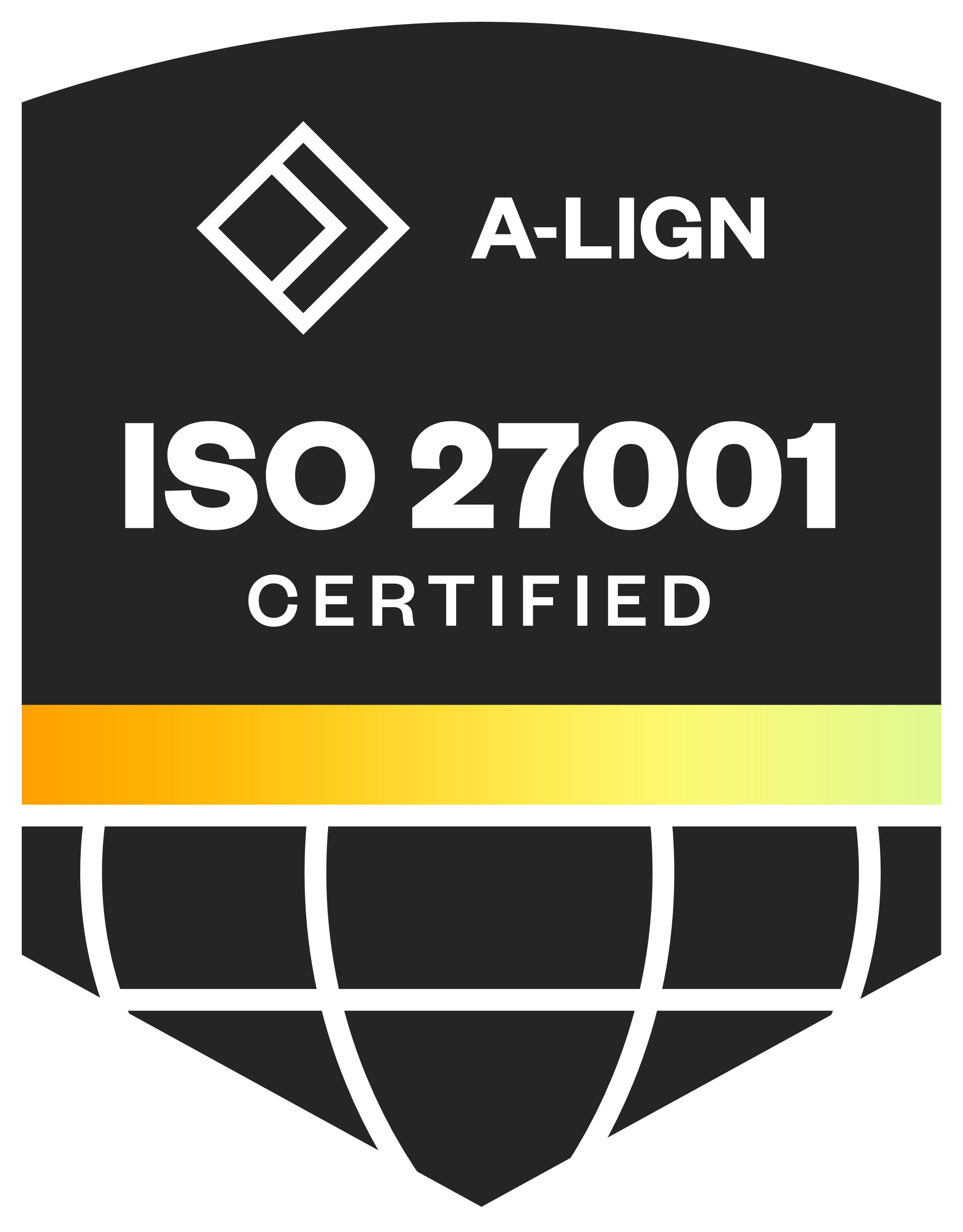Trending Questions
- Clarity on what we’re setting out to achieve
- The strategic direction (ie the roadmap to achieve what we need to achieve)
- The essence of what we want our asset/brand to stand for (its unique value proposition)
- How we intend to connect with our target audience to shape the desired attitudes and beliefs and drive the desired behaviour
Overall, the brand plan should serve as a strategic tool to align internal teams, drive brand growth and create meaningful connections with consumers and customers.
A brand plan sitting in a folder somewhere or on sharepoint is unlikely to fulfil its role.
Success is defined from a customer and competitor perspective, not from a what you need to do or achieve perspective
Its choiceful: You have made a set of clear choices that help you shape the future of the asset/brand. Making a choice implies provides you with focus.
Its not generic: Its discovered or created based on insight. The choices you have made are ones that lean into your asset/brand’s strengths, and so would not work or make sense for competing assets/brands.
Its actionable: Everyone, regardless of their position within the organization, knows what they need to stop doing, start doing and do more of, to activate the strategy
Is Deep – it reveals a penetrating truth about how people think and feel about something. It is not a fact.
Is Original: no one else is using it
Is something you are better placed to leverage: there is something about the asset/brand that gives you a competitive edge with what you can do with it, what you can achieve through leveraging it.
Connects: at an emotional level
Is specific: for your ‘target’
In insight and positioning research, the focus should be on listening and learning, rather than choosing.
Identify what works, reveal any ‘broken’ parts, such as ‘objections’ to the way we are thinking about something and/or the unintended consequences of how we are framing our thinking.
Avoid introducing a Target Product Profile (TPP) initially, to prevent any preconceived notions of the product’s place in the market. Instead explore the positioning ideas thoroughly and take the opportunity to shape the participant’s understanding of the positioning idea. Towards the end test for credibility by introducing the TPP and generate ideas on what additional data, evidence or experiences would be required for the product to deliver on the positioning idea.
The focus of your interviews needs to be to elicit the elements of the positioning ideas that are the most important, and that are perceived as the most valuable by your target customers. And you want to make sure you understand the parts that are challenged, to eliminate any problem space?
The brand team and cross-functional partners should workshop the results of the research to land the final positioning idea [remember its aspirational, not what you need to stand for at launch]. It will emerge from what is most valued, ie taking the best from each idea.
Terms used and occasionally confused
| Leverage points | Moments that matter | Moments of truth |
|---|---|---|
| Think patient flow/buying process – Origination – Diagnosis – Treatment choice – Brand choice – Fulfillment | Think patient journey – any event, interaction, or experience that offers the opportunity to significantly influence the perception of the brand by its customers, stakeholders, or the wider public. | Think insight – Deep (penetrating truth) – Original (no one else is using it) – Ability to leverage it (there is something about the asset that allows you to leverage it) – Connects at an emotional level – Specific for your target |


